Kyoto’s landmark Kyocera Museum unveils its contemporary renovation
One of Japan's key cultural landmarks, the Kyoto City Kyocera Museum of Art, originally built in the 1930s in the Imperial Crown Style architecture known as teikan, is preparing to reopen to the public following a contemporary, yet respectful renovation by architects Jun Aoki and Tezzo Nishizawa
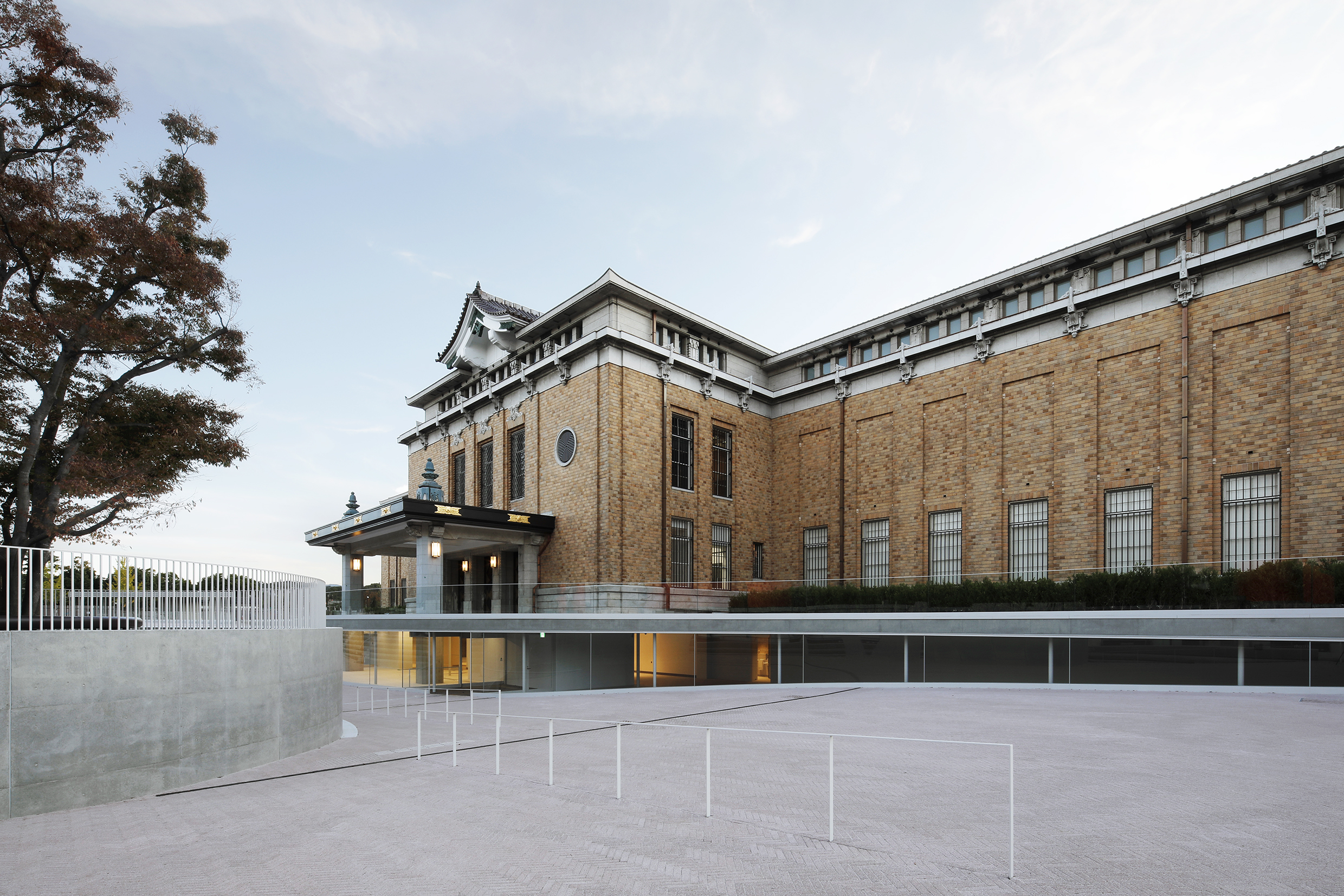
Takeru Koroda - Photography
As one of Japan’s oldest public museums, its elegant façade, neoclassical symmetry and curved tile rooftop have been celebrated as a Kyoto landmark for more than eight decades. Now, Kyoto City Kyocera Museum of Art – formerly known as Kyoto Municipal Museum of Art – will soon begin a new chapter, with the completion of a three-year renovation by Japanese architects Jun Aoki and Tezzo Nishizawa.
The update has added a fresh, modern and minimalist edge to the original 1933 building, designed by architect Kenjiro Maeda and a classic example of Imperial Crown Style architecture known as teikan.
‘Taking over the designing style and manner of the original architecture doesn’t mean just repeating the original design adopted over 80 years ago,' Aoki, also the museum’s new director, says. ‘It means carefully observing the ‘grammar' of the original architecture and utilising this ‘grammar' to design what is required at present. As a consequence, we could create a new architectural space where visitors can barely tell which parts were renovated.'
Inside, the building’s original materials still shine, with expanses of rich marbling, original floor tiling and sweeping stone staircases, in shades of apricots, forest greens and creams. Yet contemporary touches create a lighter, more open feel throughout the museum, home to a 3,600-strong collection of Kyoto artworks, from Japanese-style Nihonga paintings to calligraphy.
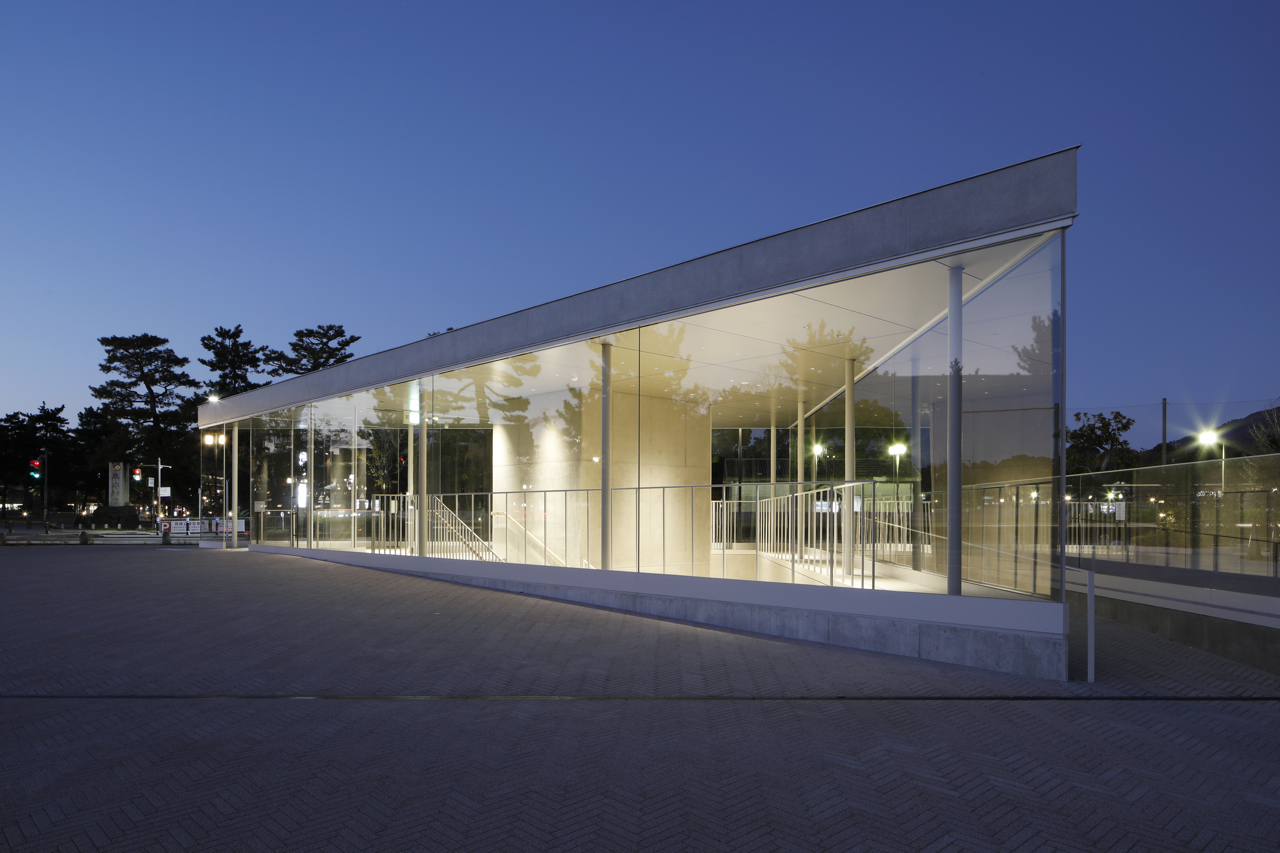
Standout features include a minimal glass ‘ribbon', clear and transparent, which flows along the façade beneath the original entrance, creating a new light-flooded entry point at the base the building.
The Central Hall, formerly the main exhibition space, has been transformed into an airy white hub connecting three levels of galleries, with its heritage balanced by a light, minimal touch – as seen in the high white ceiling, oak parquet floor and elegant curves of a spiral staircase.
A bolder addition is the Higashiyama Cube, a new wing for contemporary art overlooking its Japanese Garden, with a roof terrace and clean-cut façade of pre-cast concrete panels, with minimal vertical motifs of champagne gold (plus an inaugural exhibition by Hiroshi Sugimoto, whose Glass Tea House Mondrian floats on the nearby pond).
Other touches include the clear walls of The Triangle, dedicated to emerging artists; new shop Art Lab Kyoto selling a sleek medley of art books and Kyoto gifts (plus minimal white museum goods by Beams Creative Laboratory); and cafe Enfuse, serving up craft coffee and meals with seasonal local ingredients.
‘Kyoto is not a city that conserves old things just as they are,' adds Aoki. ‘Kyoto is a city where old things are constantly given a new perspective as time progresses. This means things are constantly added and revised, creating multiple layers. I would be very grateful if the new dimension we’ve added to this museum forms another new layer for the city.'
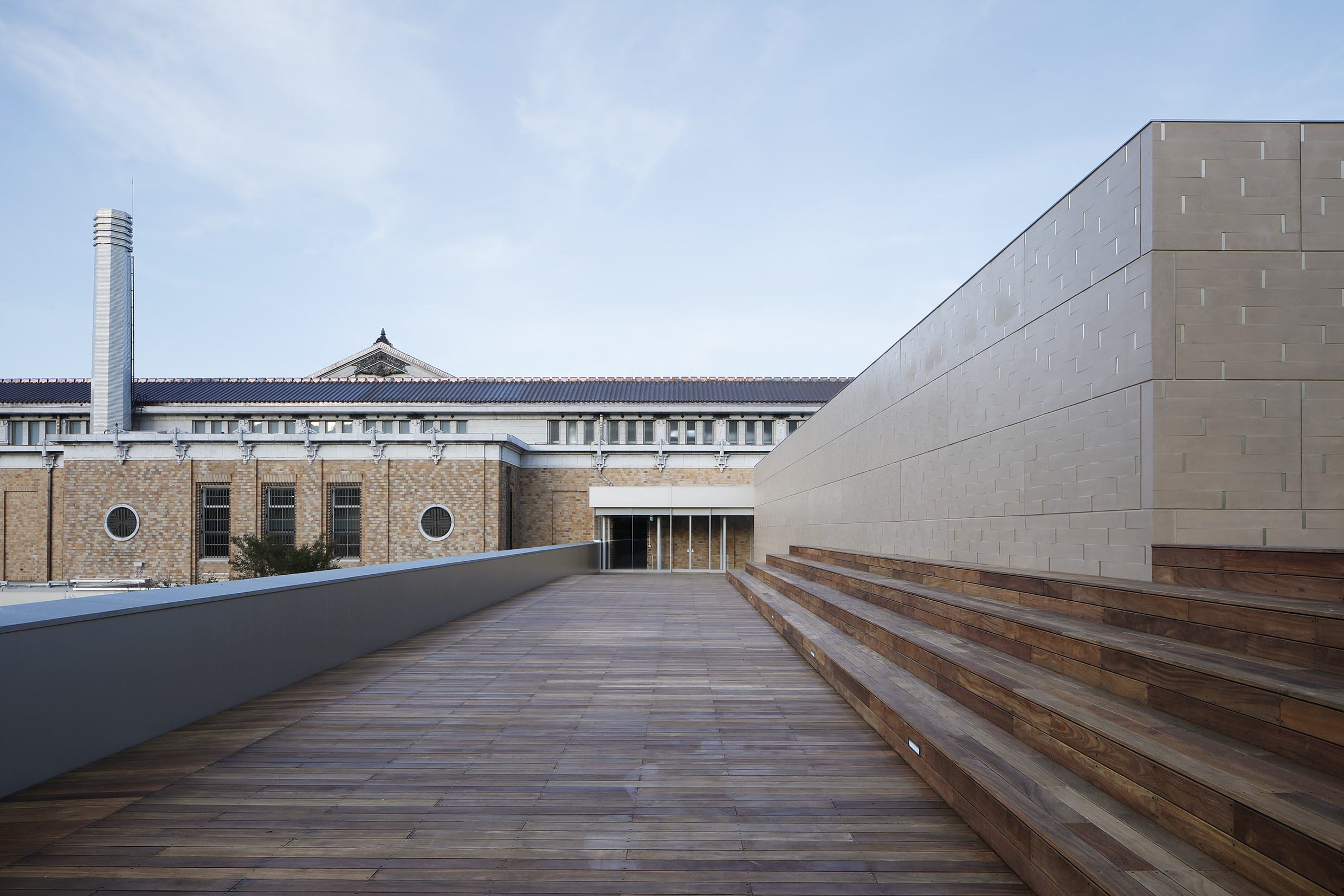
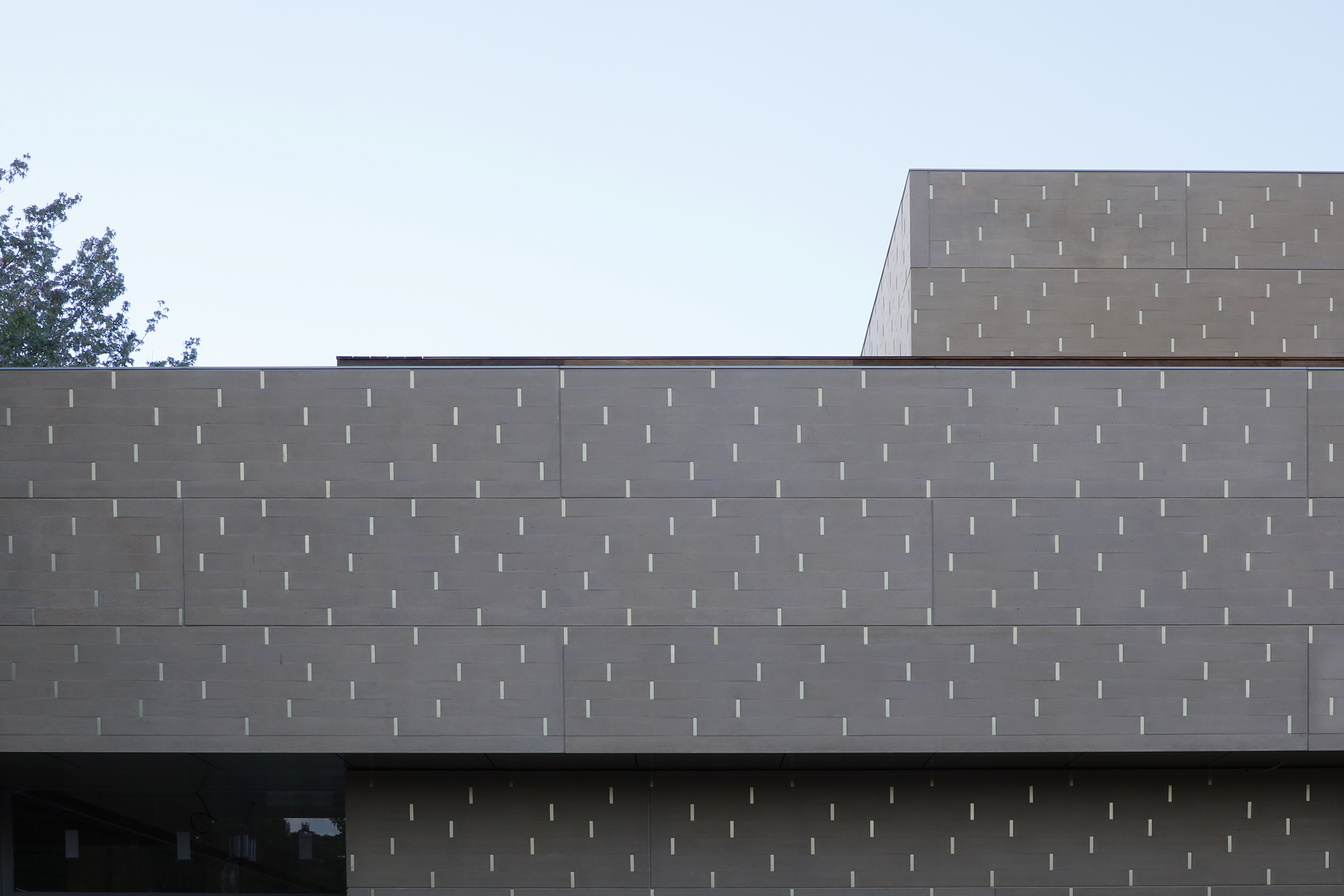
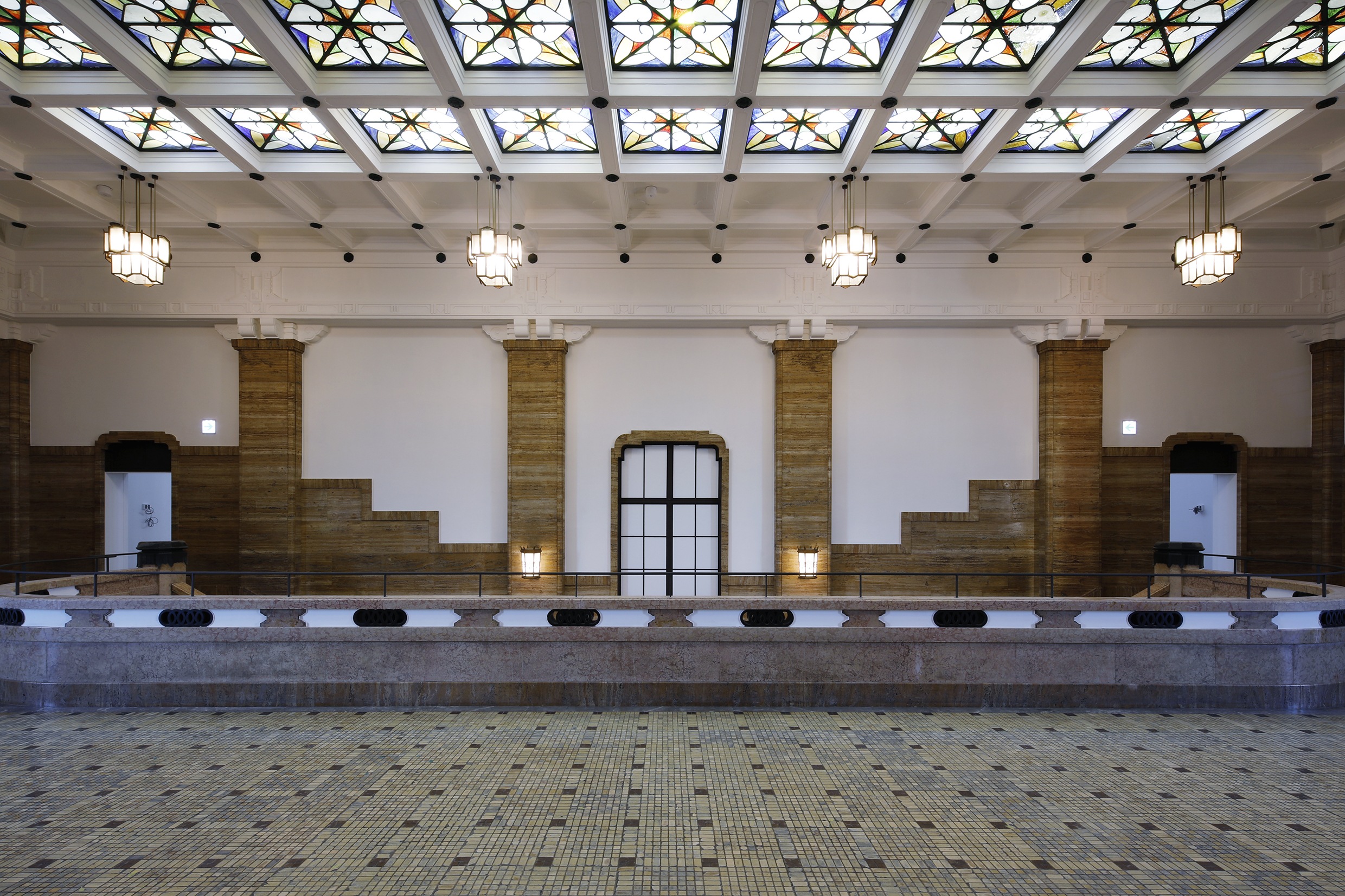
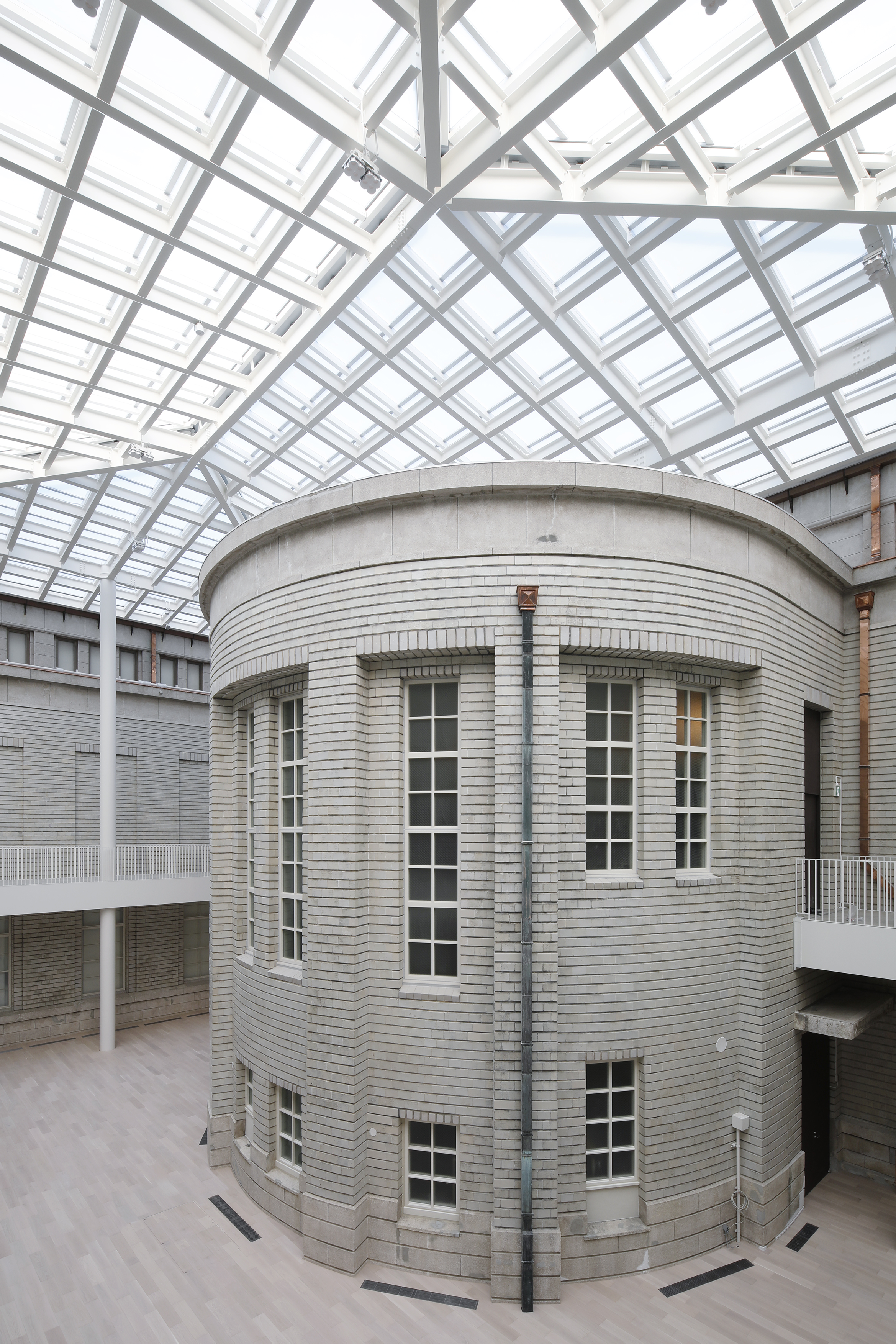
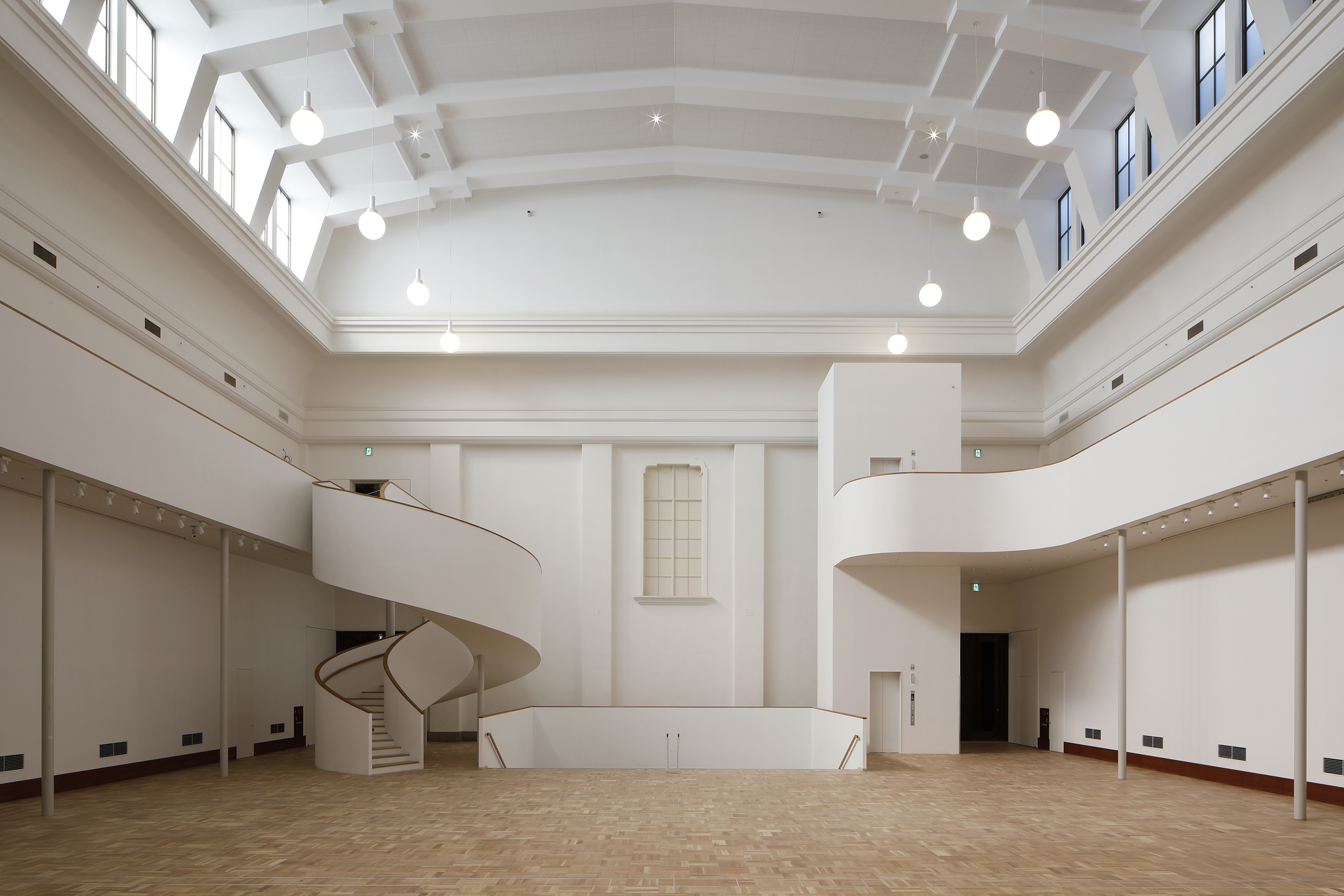
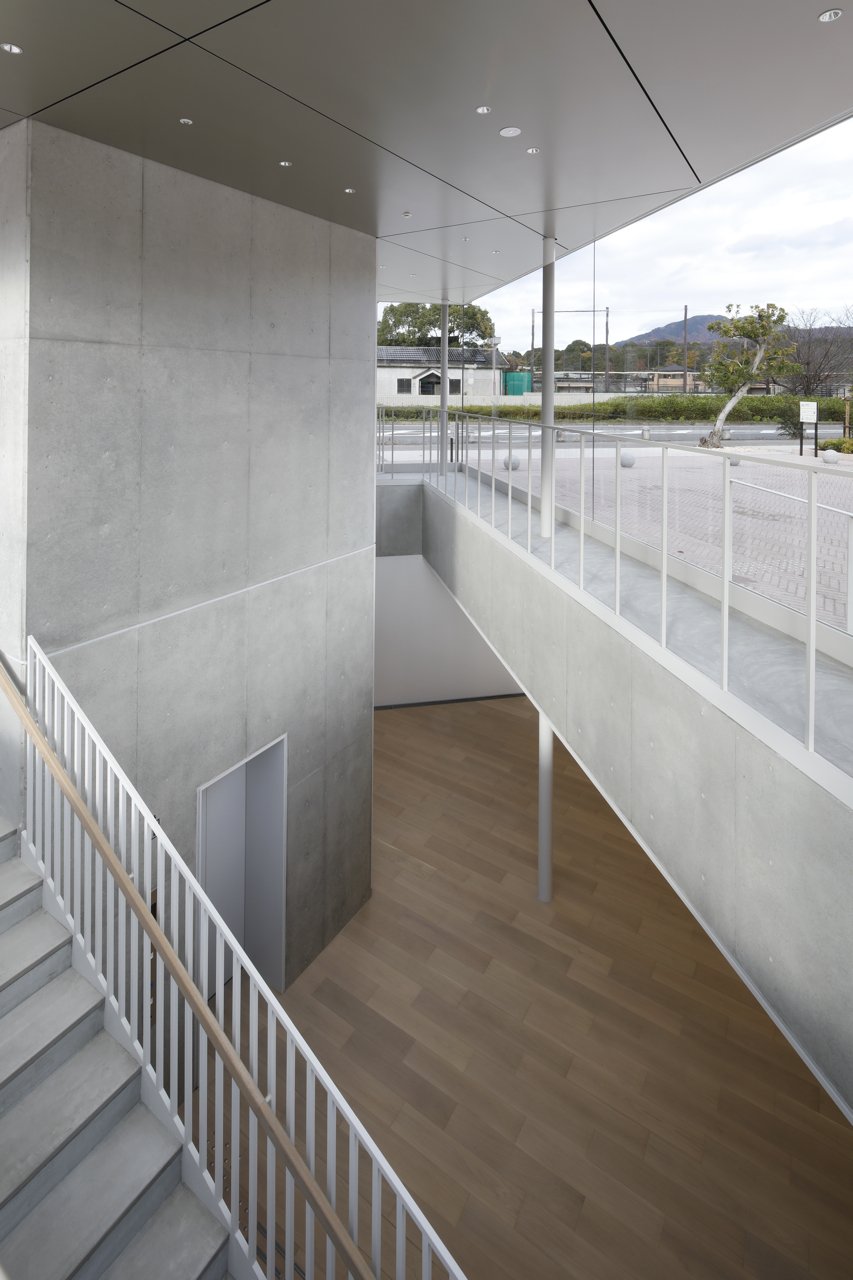
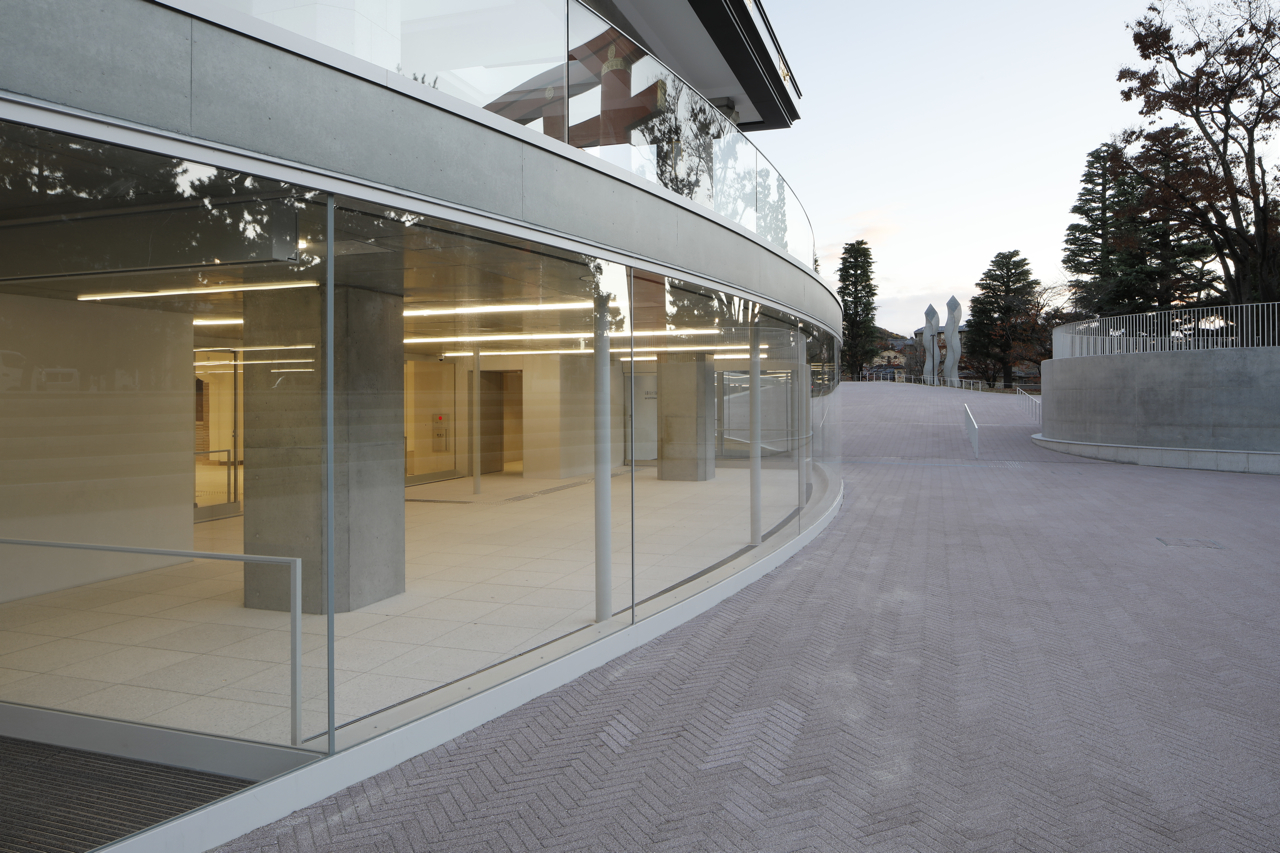
INFORMATION
aokijun.com; tezzonishizawa.com
Receive our daily digest of inspiration, escapism and design stories from around the world direct to your inbox.
Danielle Demetriou is a British writer and editor who moved from London to Japan in 2007. She writes about design, architecture and culture (for newspapers, magazines and books) and lives in an old machiya townhouse in Kyoto.
Instagram - @danielleinjapan
-
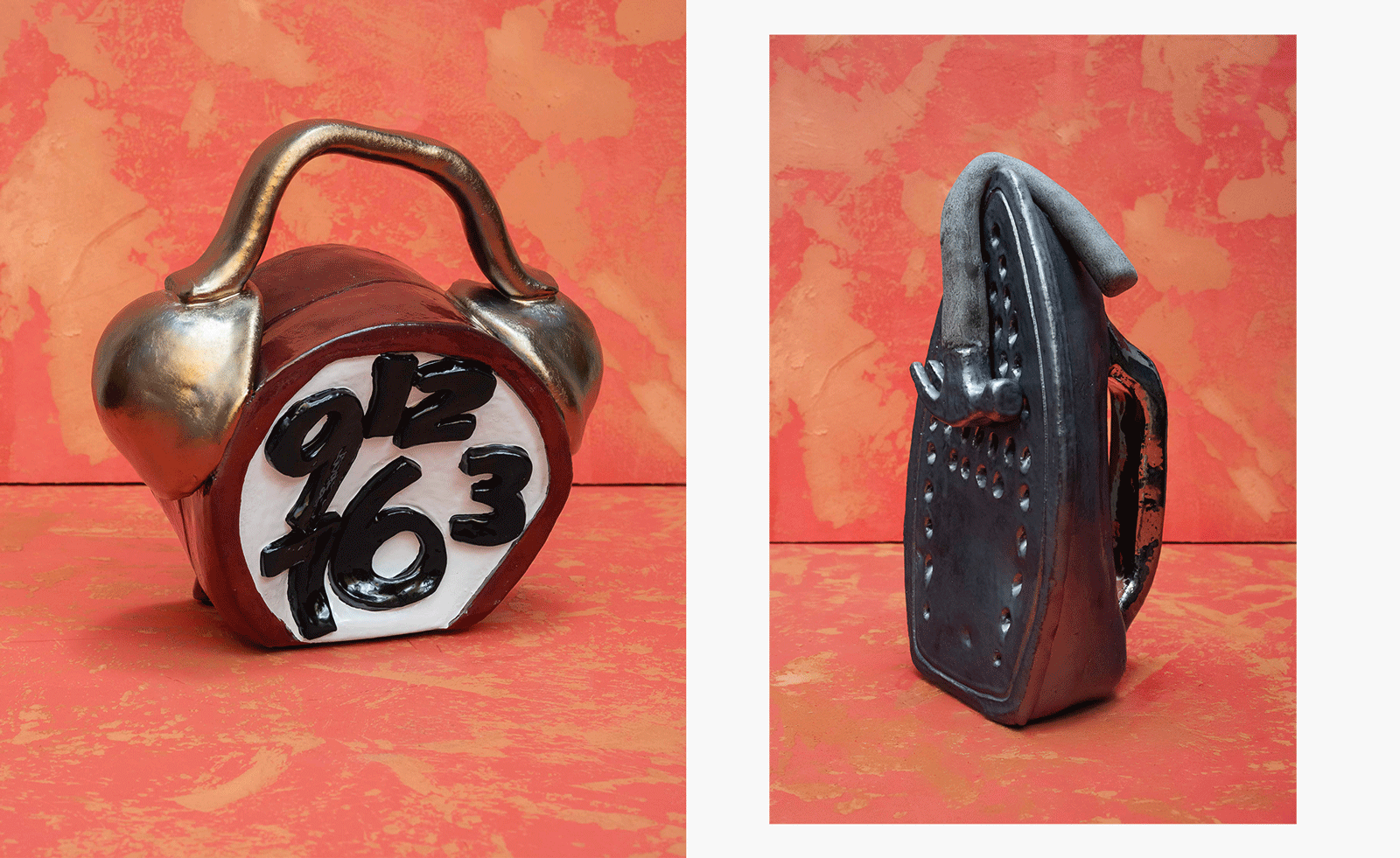 Sculptor Woody De Othello paints a Miami museum red for a show that ‘almost hugs you’
Sculptor Woody De Othello paints a Miami museum red for a show that ‘almost hugs you’The Miami-born, California-based artist opens his first museum exhibition in his hometown as an experiential journey through life and lifeless objects
-
 Alpine A390 GT: French, fast and fun. A sporting EV with a real sense of occasion
Alpine A390 GT: French, fast and fun. A sporting EV with a real sense of occasionAlpine doubles down on its fast electric credentials with the A390 GT, the French performance brand’s largest car to date
-
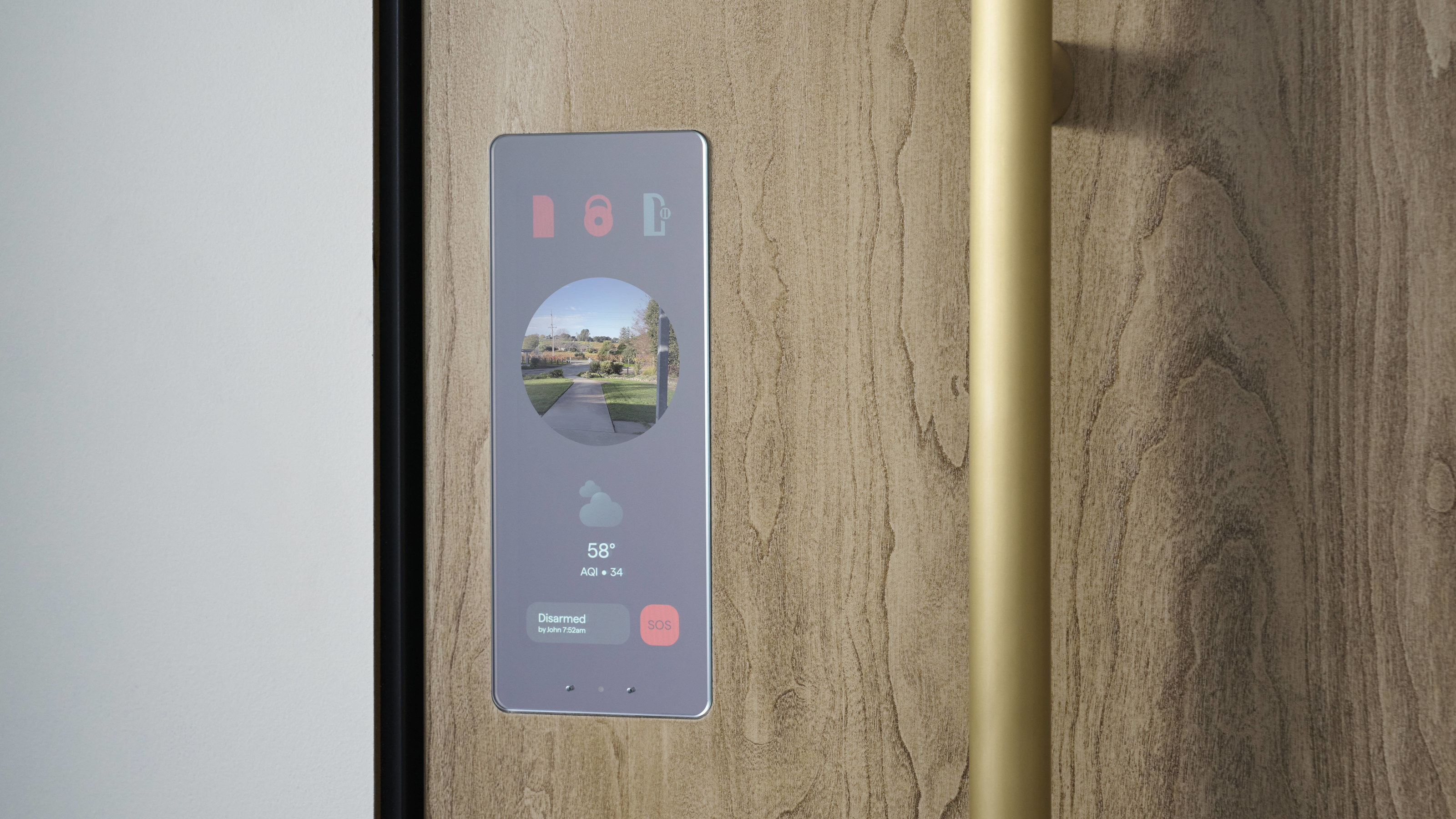 Forget smart homes, Doma's 'intelligent' doors open at the sight of a familiar face
Forget smart homes, Doma's 'intelligent' doors open at the sight of a familiar faceYves Béhar and Jason Johnson have founded Doma, a tech start-up dedicated to seamlessly integrating tech into your daily life
-
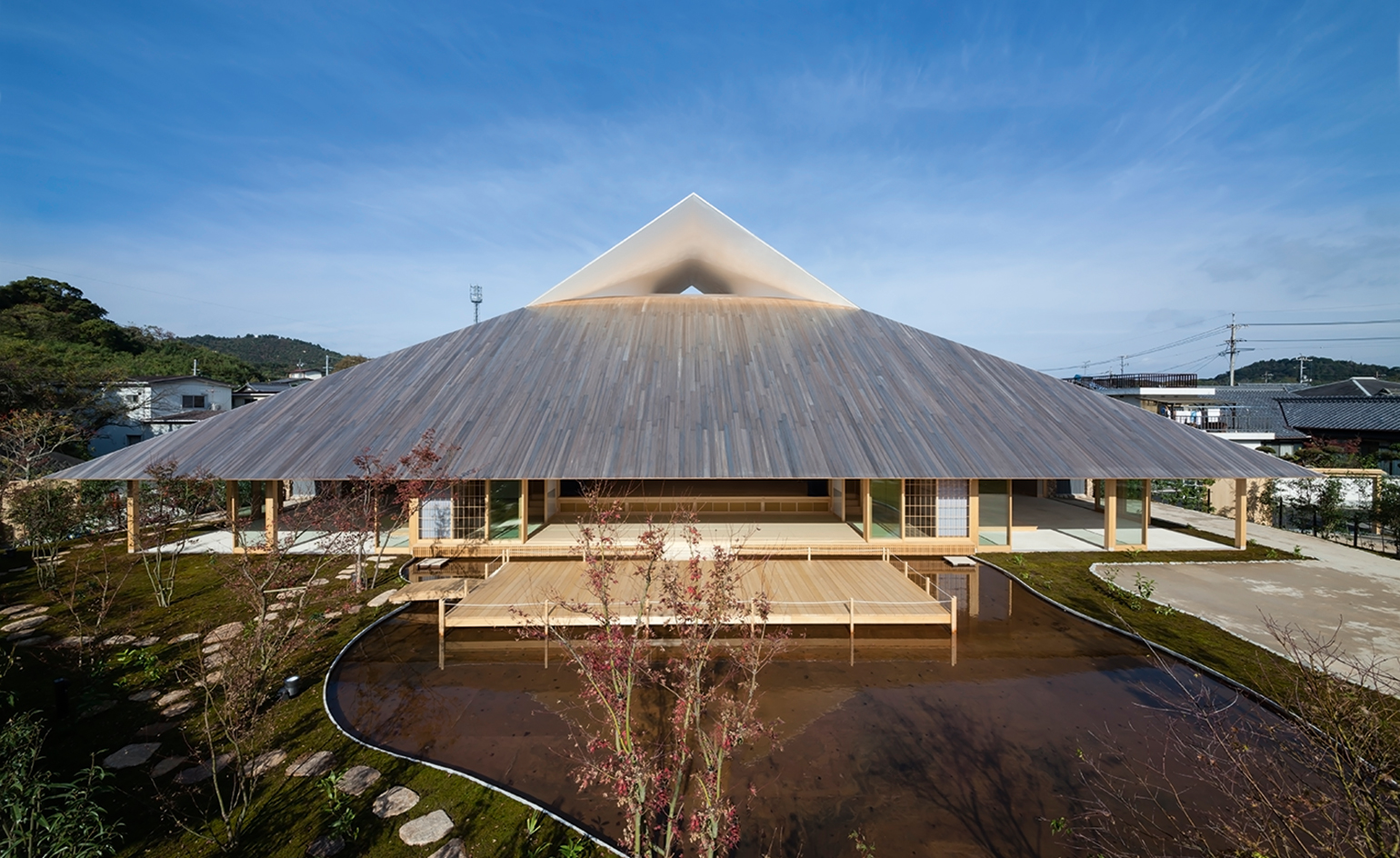 Take a tour of the 'architectural kingdom' of Japan
Take a tour of the 'architectural kingdom' of JapanJapan's Seto Inland Sea offers some of the finest architecture in the country – we tour its rich selection of contemporary buildings by some of the industry's biggest names
-
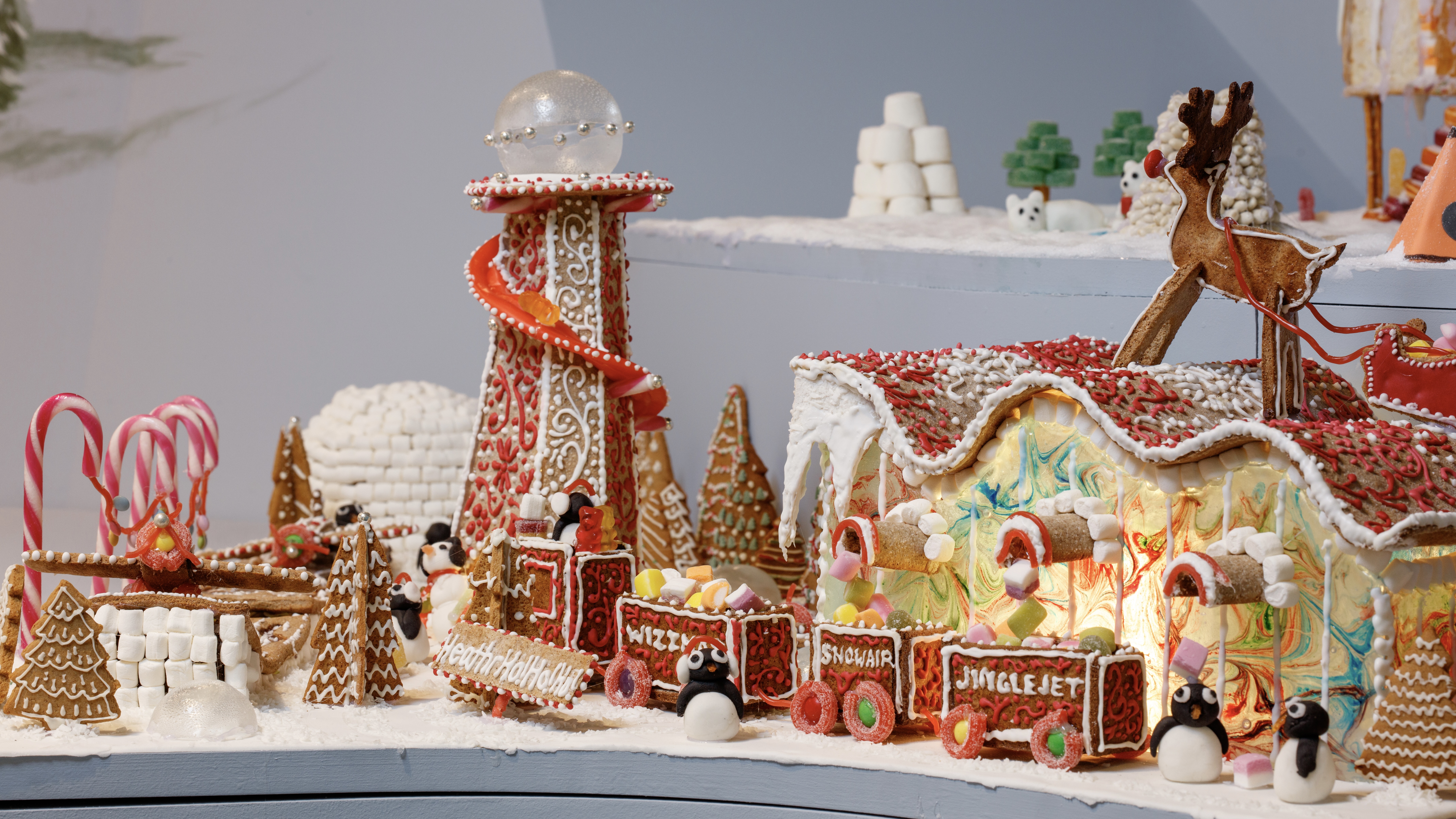 Welcome to The Gingerbread City – a baked metropolis exploring the idea of urban ‘play’
Welcome to The Gingerbread City – a baked metropolis exploring the idea of urban ‘play’The Museum of Architecture’s annual exhibition challenges professionals to construct an imaginary, interactive city entirely out of gingerbread
-
 The Grand Egyptian Museum – a monumental tribute to one of humanity’s most captivating civilisations – is now complete
The Grand Egyptian Museum – a monumental tribute to one of humanity’s most captivating civilisations – is now completeDesigned by Heneghan Peng Architects, the museum stands as an architectural link between past and present on the timeless sands of Giza
-
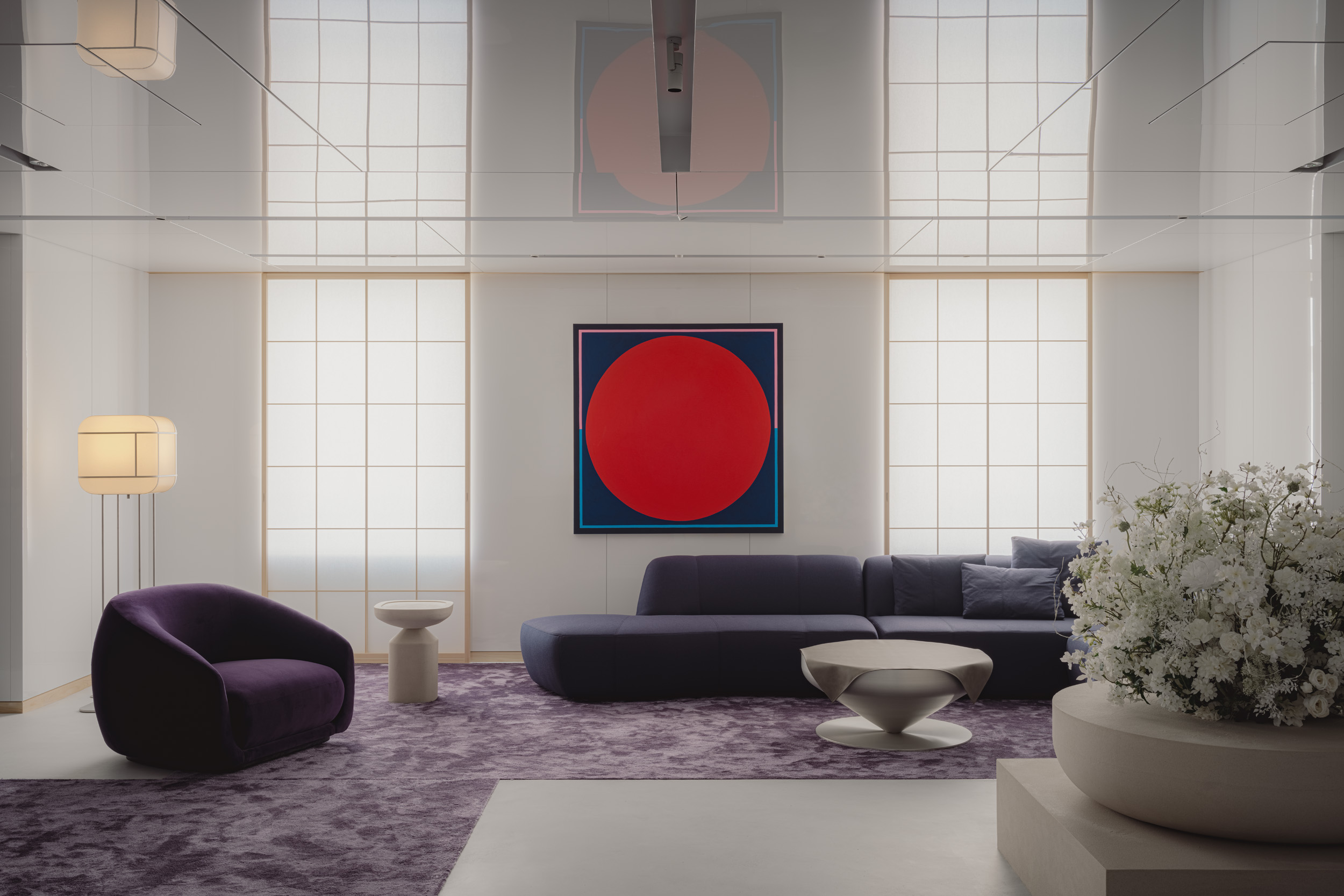 Matsuya Ginza lounge is a glossy haven at Tokyo’s century-old department store
Matsuya Ginza lounge is a glossy haven at Tokyo’s century-old department storeA new VIP lounge inside Tokyo’s Matsuya Ginza department store, designed by I-IN, balances modernity and elegance
-
 The Architecture Edit: Wallpaper’s houses of the month
The Architecture Edit: Wallpaper’s houses of the monthThis September, Wallpaper highlighted a striking mix of architecture – from iconic modernist homes newly up for sale to the dramatic transformation of a crumbling Scottish cottage. These are the projects that caught our eye
-
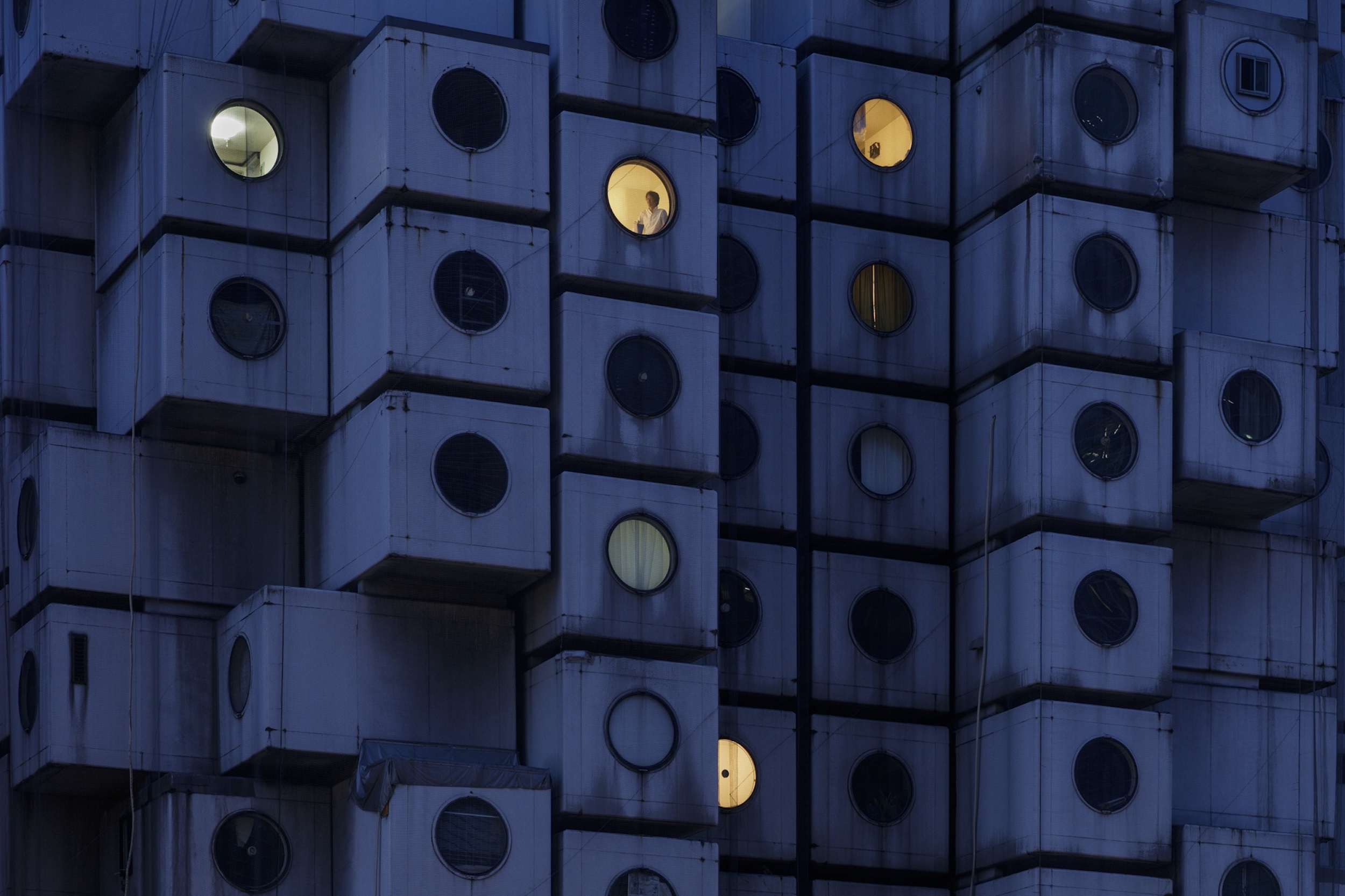 Utopian, modular, futuristic: was Japanese Metabolism architecture's raddest movement?
Utopian, modular, futuristic: was Japanese Metabolism architecture's raddest movement?We take a deep dive into Japanese Metabolism, the pioneering and relatively short-lived 20th-century architecture movement with a worldwide impact; explore our ultimate guide
-
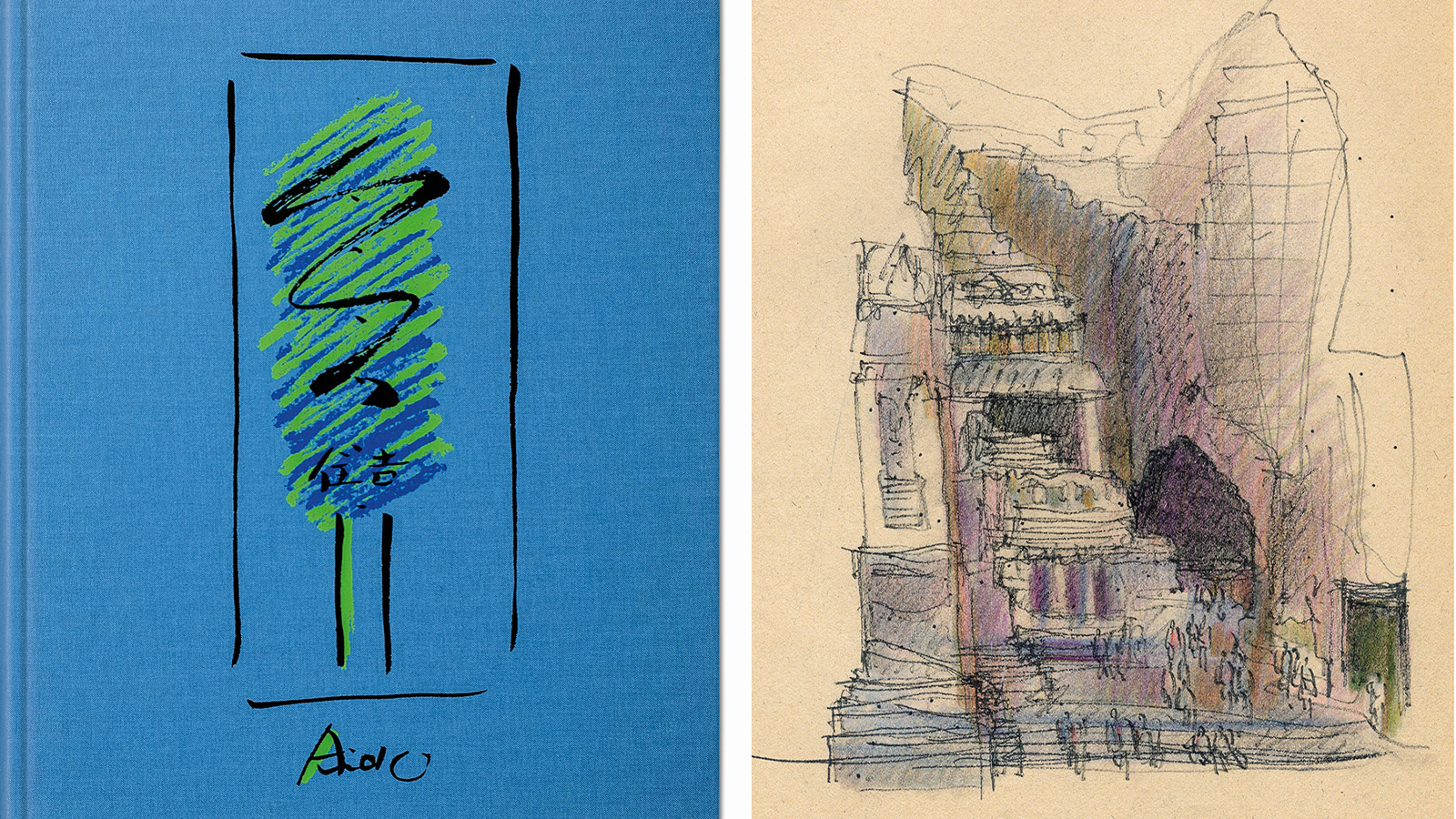 A new Tadao Ando monograph unveils the creative process guiding the architect's practice
A new Tadao Ando monograph unveils the creative process guiding the architect's practiceNew monograph ‘Tadao Ando. Sketches, Drawings, and Architecture’ by Taschen charts decades of creative work by the Japanese modernist master
-
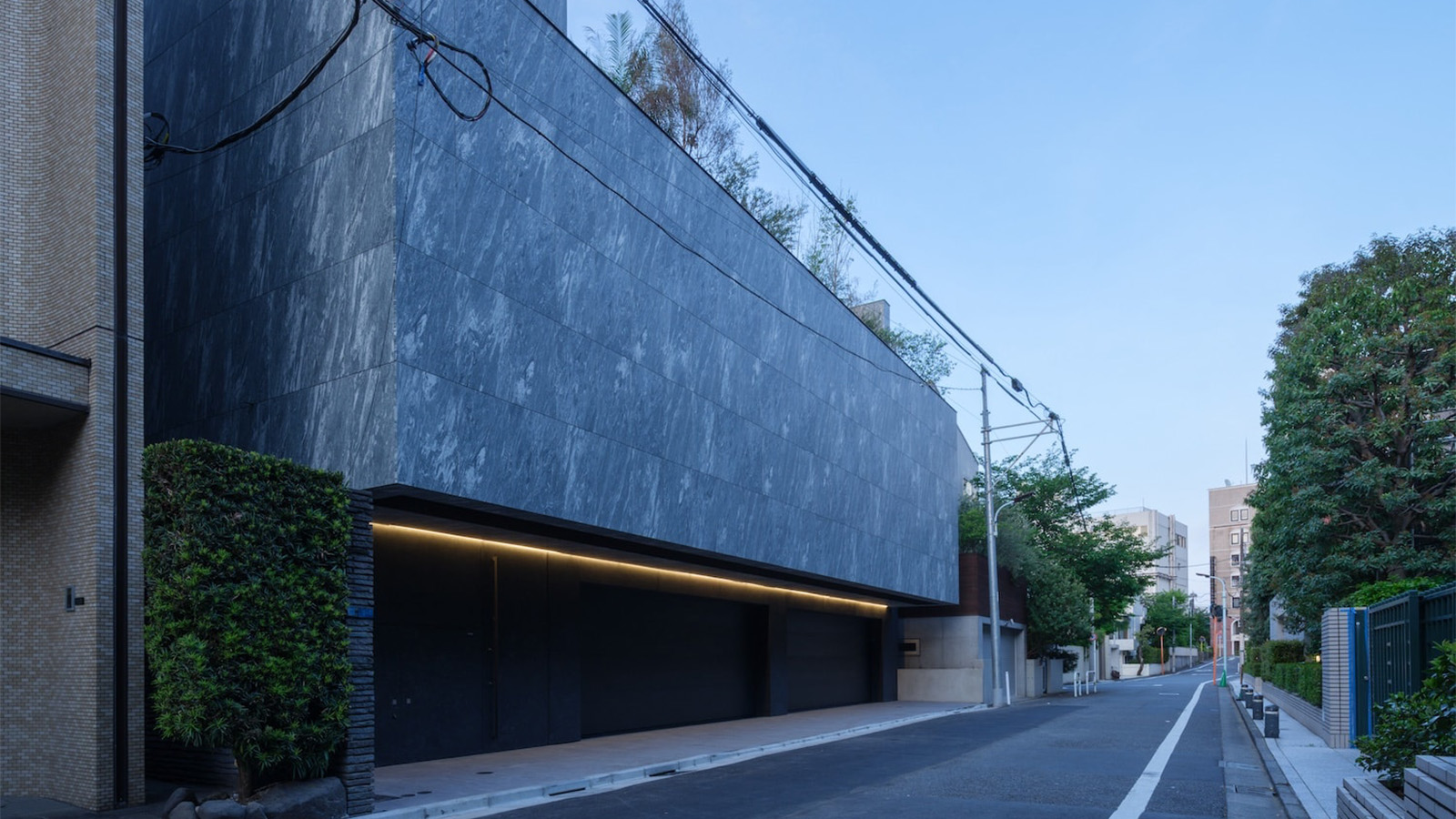 A Tokyo home’s mysterious, brutalist façade hides a secret urban retreat
A Tokyo home’s mysterious, brutalist façade hides a secret urban retreatDesigned by Apollo Architects, Tokyo home Stealth House evokes the feeling of a secluded resort, packaged up neatly into a private residence